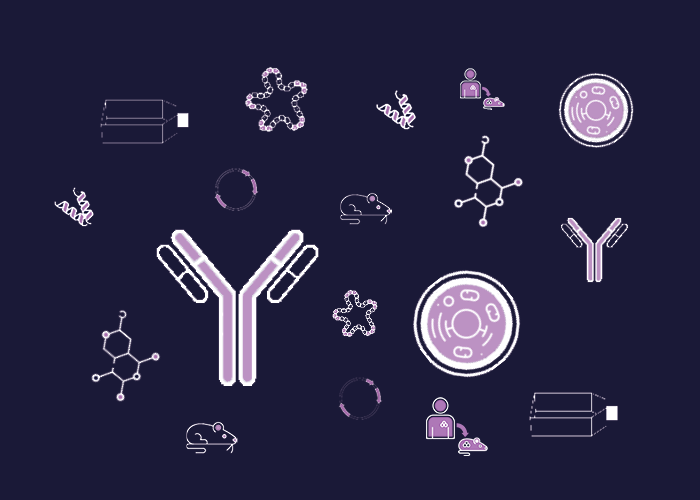
Cat. #161903
Caki-1 Cell Line
Cat. #: 161903
Availability: 8-10 weeks
Organism: Human
Tissue: Kidney
£575.00
This fee is applicable only for non-profit organisations. If you are a for-profit organisation or a researcher working on commercially-sponsored academic research, you will need to contact our licensing team for a commercial use license.
Contributor
Inventor: Jorgen Fogh, Germain Trempe
Institute: Memorial Sloan-Kettering Cancer Center (MSK)
Primary Citation: Fogh et al. 1977. Journal of the National Cancer Institute. 59: 221-226. PMID: 327080.
Tool Details
*FOR RESEARCH USE ONLY (for other uses, please contact the licensing team)
- Name: Caki-1 Cell Line
- Cancer: Carcinoma;Genitourinary cancer
- Cancers detailed: Clear cell carcinoma
- Organism: Human
- Gender: Male
- Tissue: Kidney
- Donor: 49-year-old white male patient with clear cell carcinoma
- Morphology: Epithelial
- Growth properties: Adherent
- Products or characteristics of interest: Isoenzymes, AK-1, 1; ES-D, 1-2; G6PD, B; GLO-I, 1-2; Me-2, 2; PGM1, 1; PGM3, 1-2;
- Description: Human Renal Cancer Cell Line with epithelial morphology that was isolated from kidney tissue obtained from a 49-year-old white male patient with clear cell carcinoma. This cell line is a suitable transfection host and has applications in cancer and toxicology research. The cell line is aneuploid human, with chromosome counts in the triploid range. The Y chromosome is absent; however, loss of the Y chromosome is not unusual from male tumour cell lines. All normal autosomes except chromosome N9 and N19 are represented, usually by two or three copies. Chromosome N9 is recognised as a marker chromosome (M1) that is usually trisomic. Normal chromosome N5 is and chromosomes N10 and N16 tend to be over-represented with respect to the copy number of other normal chromosomes. Thirteen marker chromosomes are identified: 9q+, t(1p;?), t(1qter>1q21::20), t(1q17q), der(11)t(3;11)(q21;q14), 19q+, 4q+, 4p+ and others.
- Application: 3D cell culture; Cancer research; High-throughput screening; Toxicology studies
- Biosafety level: 1
Target Details
- Target: Antigen Expression: Blood Type O; Rh-; HLA A9, B12, Bw35 ;
Applications
- Application: 3D cell culture; Cancer research; High-throughput screening; Toxicology studies
Handling
- Growth medium: McCoy's 5a Medium Modified supplemented with 10% FBS
- Temperature: 37° C
- Shipping conditions: Dry Ice
- Str profiling: Amelogenin: X;CSF1PO: 10,11;D13S317: 11,12;D16S539: 12;D5S818: 11,12;D7S820: 8,12;TH01: 6,8;TPOX: 8,11;vWA: 15,17;D3S1358: 17;D21S11: 28,30;D18S51: 14;Penta_E: 11,22,23;Penta_D: 11,12;D8S1179: 12,14;FGA: 26;D19S433: 14;D2S1338: 17,19
References
- Fogh et al. 1977. Journal of the National Cancer Institute. 59:221-226. PMID: 327080.




